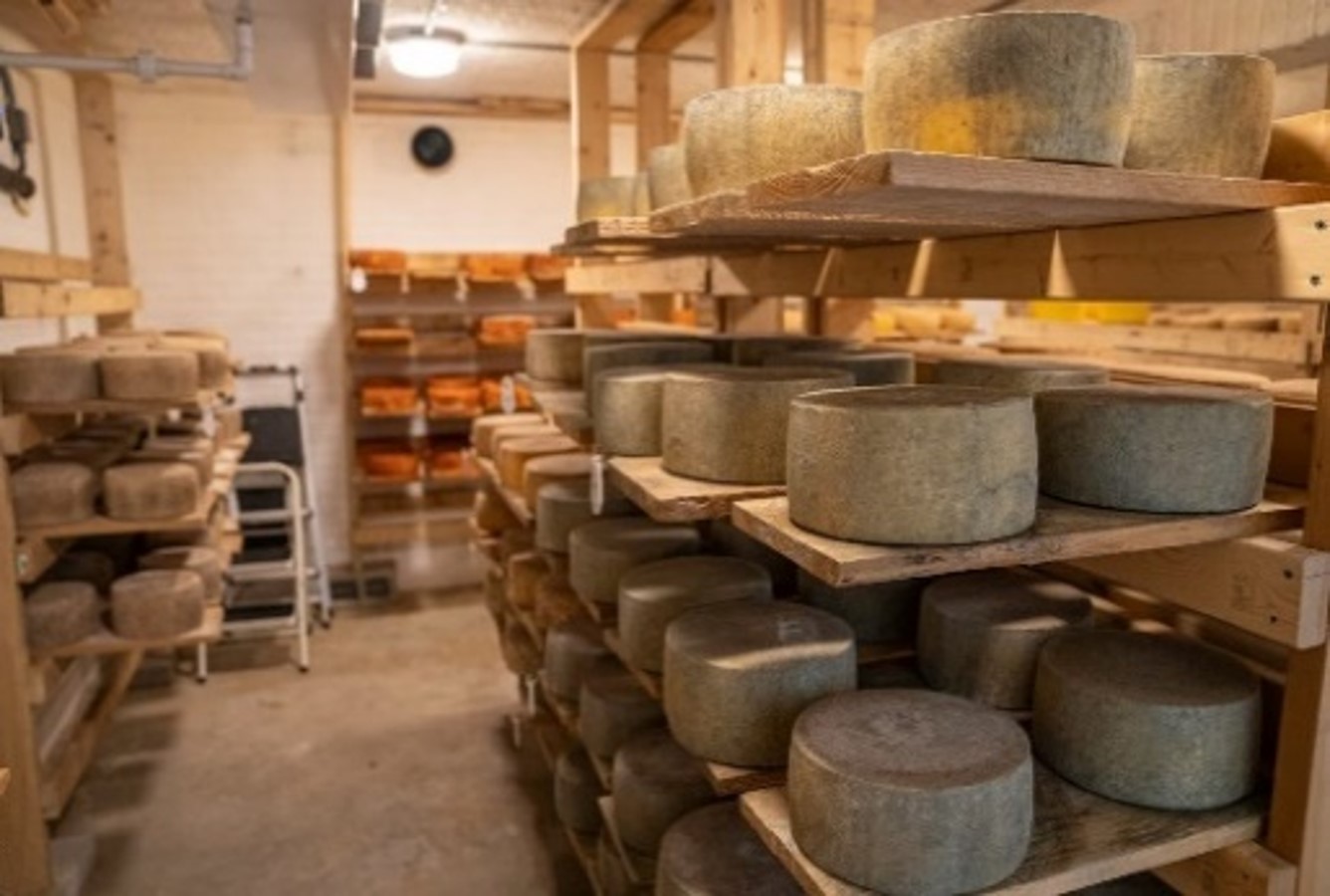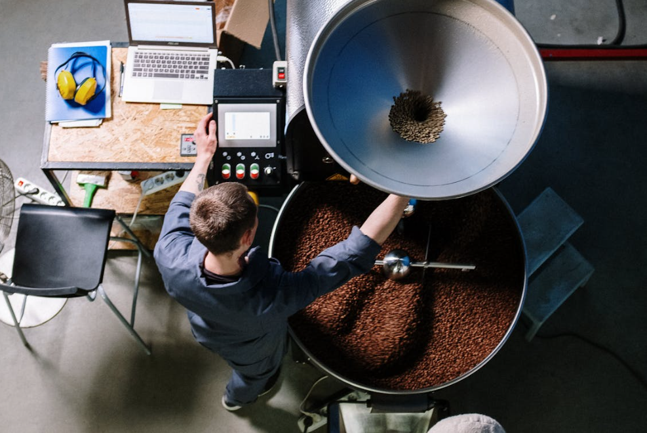Are you ready to take your food business to the next level?
Grow your customer-base and scale your business without disrupting your daily operations Speak with an expert

We understand the challenges faced by food manufacturers and distributors in terms of product quality, shelf life, and traceability.
Stock and process management are crucial in this unpredictable, heavily regulated, time sensitive and highly competitive environment.
Many businesses find themselves in a daily scramble to stay on top of the limitations of their existing processes and systems but unable to take a step back to assess and upgrade without having the business suffer.
That’s where Acacia come in. We analyse your business model and environment, design the best processes to suit and assist in the selection of technology and software solutions to help you take that all important next step.
Guides on streamlining your food business
How MYOB Advanced Can Revolutionise Your Bakery Production
All food manufacturing businesses want to improve their efficiencies through automated processes, and as a growing market, the bakery industry is no exception. This year, bakery manufacturing...
Is Australian food manufacturing thriving?
The food and beverage sector is one of Australia's most significant economic contributors. In terms of employment, it accounts for 28% of all manufacturing turnover, making it the largest single...
How to grow your food and beverage business
To protect and grow your food and beverage business, you can take the following actions: To remain competitive, companies are investing in digitalization and automation technologies. For example,...



